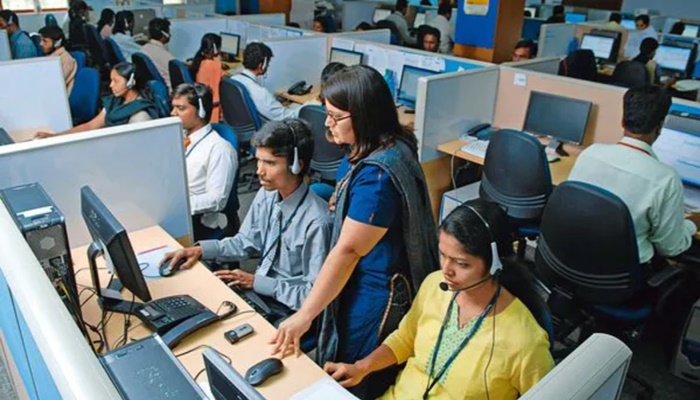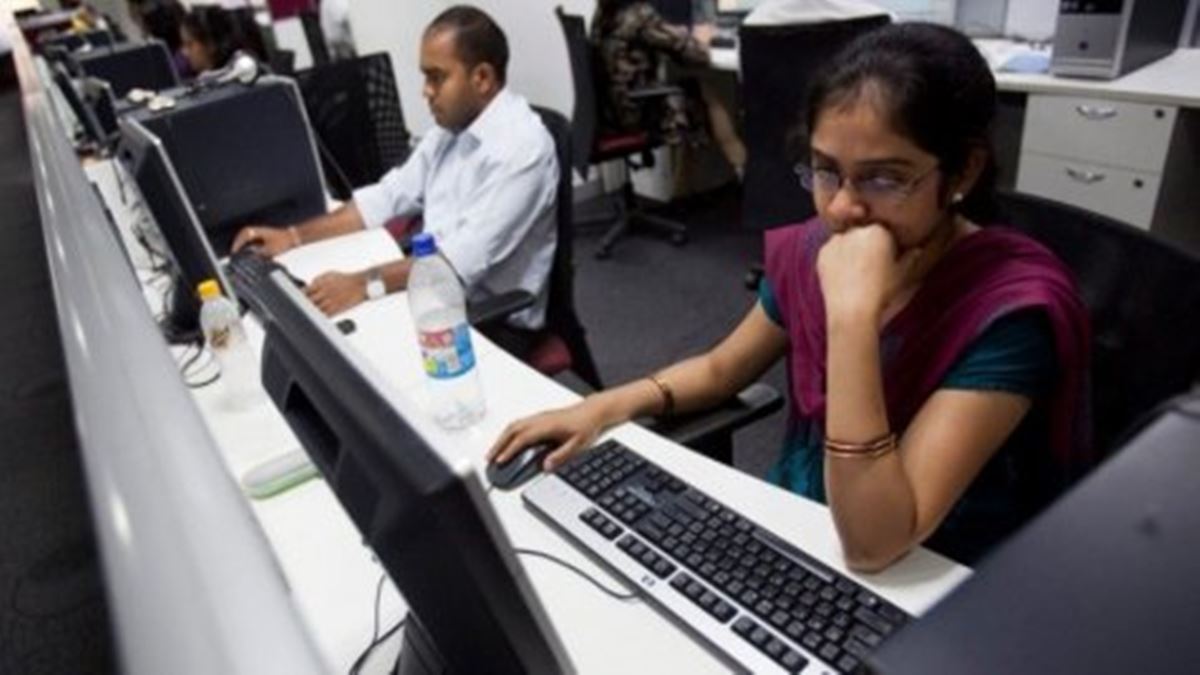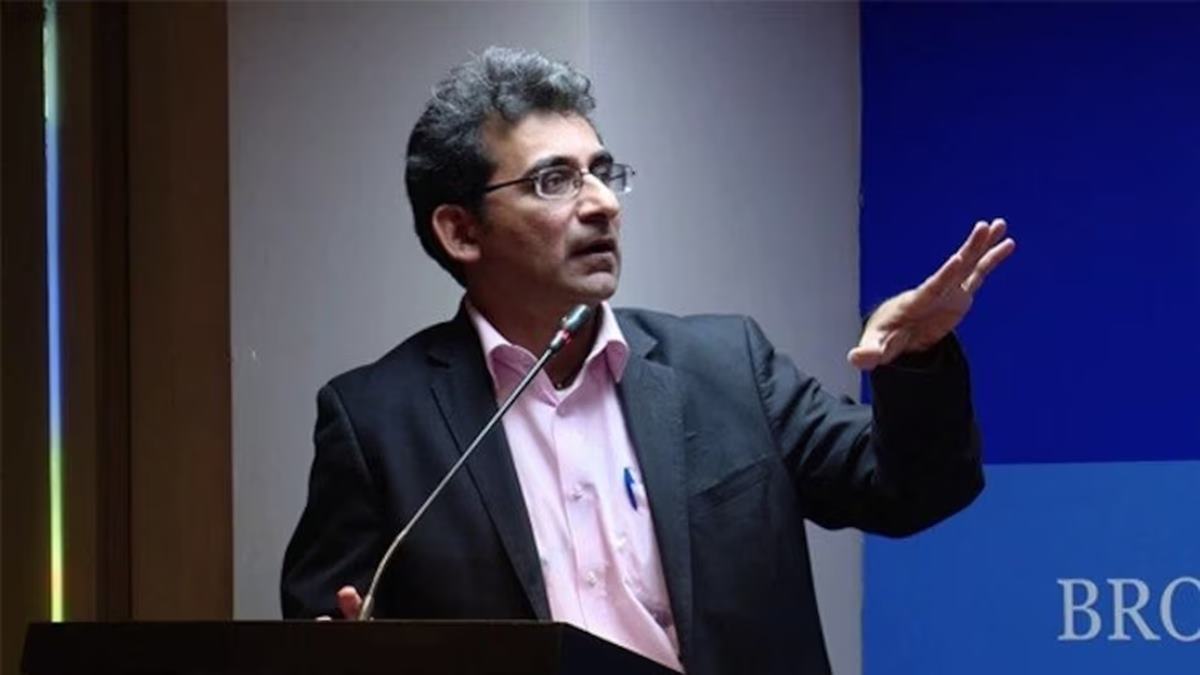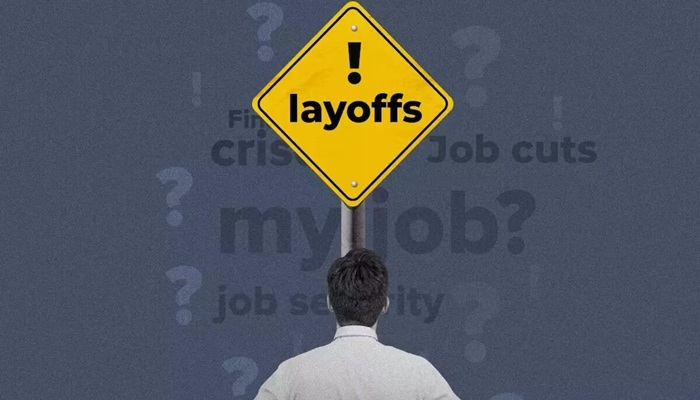A stark, line-by-line budget shared by Nishkarsh Sharma, founder of Ecom Edge, has ignited a candid conversation about the modern middle-class promise. The post argues that even a ₹1,00,000 monthly salary, long treated as a milestone of “making it”, can vanish under the weight of urban costs, EMIs, and family obligations, leaving little room for true security.
Salary Illusion: Sharma’s breakdown is brutally simple:
- ₹25,000 – rent (for a “decent” city flat)
- ₹15,000 – EMIs (bike + education loan)
- ₹10,000 – transport + fuel
- ₹10,000 – groceries & eating out
- ₹10,000 – family support
- ₹10,000 – healthcare, subscriptions, emergencies
“Spend the rest on savings/investments,” he notes, “and by month-end what’s left: close to nothing.” The sobering punchline: the illusion breaks when the salary grows but the runway doesn’t.
A promise that didn’t keep pace
Sharma contrasts the ₹1 lakh mirage with his college placement offer of ₹25,000, one-fourth of the “magical number.” Even if you 4x your pay over a decade of climbing the corporate ladder, he argues, you’re still “running the same treadmill.” The math, not the mindset, is what’s broken.
This is the fault line his post presses on: the middle-class dream hasn’t collapsed because people are lazy; it’s fraying because costs in India’s big cities have outpaced what a standard white-collar paycheck can comfortably command. In Sharma’s telling, the realignment isn’t about abandoning ambition, it’s about abandoning a script that no longer guarantees stability.
Voices from the feed
The post drew thoughtful reactions, including from founders and operators:
- Rohit, founder at Excelloite, wrote: “Your approach demonstrates a curious mindset towards the conventional path of earning and spending. It’s fascinating to see how the illusion of financial stability breaks when one does the math. It’s also intriguing to think about how rewriting the script, building skills, and exploring the internet economy could potentially steer clear of the survival mode.”
- Ankush, another commenter, cut to the chase: “Self reliance and doing business is the need of the hour and you do a great job in inspiring others .”
Together, the comments capture the mood of a cohort that isn’t merely disillusioned, it’s increasingly entrepreneurial, pushing beyond salary increments toward skill stacking, ownership, and internet-native revenue streams.
From survival to strategy?
Sharma’s call to “rewrite the script” is less a polemic than a tactical pivot:
- Build compoundable skills. Technical fluency, marketing, distribution, and automation stack to generate leverage that a single job role rarely provides.
- Take calculated risks. The risk isn’t just in venturing out; it’s also in staying on a path where fixed costs rise faster than your bargaining power.
- Explore the internet economy. Products, services, content, and communities can scale beyond local ceilings, if you can ship consistently and understand your customer.
The subtext: diversification is becoming the new safety net. For many urban professionals, a single income stream, no matter how “respectable”, struggles to outrun the bundle of rent, debt, commutes, and care obligations that arrive every month with clockwork precision.
Why this resonates now?
What makes the ₹1-lakh ledger so sticky is that it turns an abstract anxiety into a spreadsheet-ready reality. The numbers aren’t extreme; they’re ordinary. That’s the point. When “ordinary” wipes out a supposedly aspirational salary, the narrative itself is due for an update.
Sharma doesn’t claim that everyone should quit jobs overnight. His argument is that the value of work, measured as tradable output in the market, hasn’t risen as fast as the price of living in India’s growth hubs. If the ladder isn’t moving, climbing faster won’t help, you need different rungs.
To Sum Up
The middle-class dream isn’t dead, but it’s definitely under revision. The new playbook isn’t salary or business; it’s salary and leverage, skills you own, assets you control, audience you can reach, and systems that compound even when you’re off the clock. As Rohit observes, the illusion breaks once you do the math. As Ankush urges, self-reliance is the hour’s demand.
Sharma’s post doesn’t romanticize risk. It reframes it: in a world where fixed costs march upward, staying put is its own kind of gamble. And for a generation raised on the promise that hard work alone secures prosperity, the hardest work now may be rewriting the script.
Source – https://ascendants.in/my-money/salary-illusion-india-middle-class-cost-of-living/




















